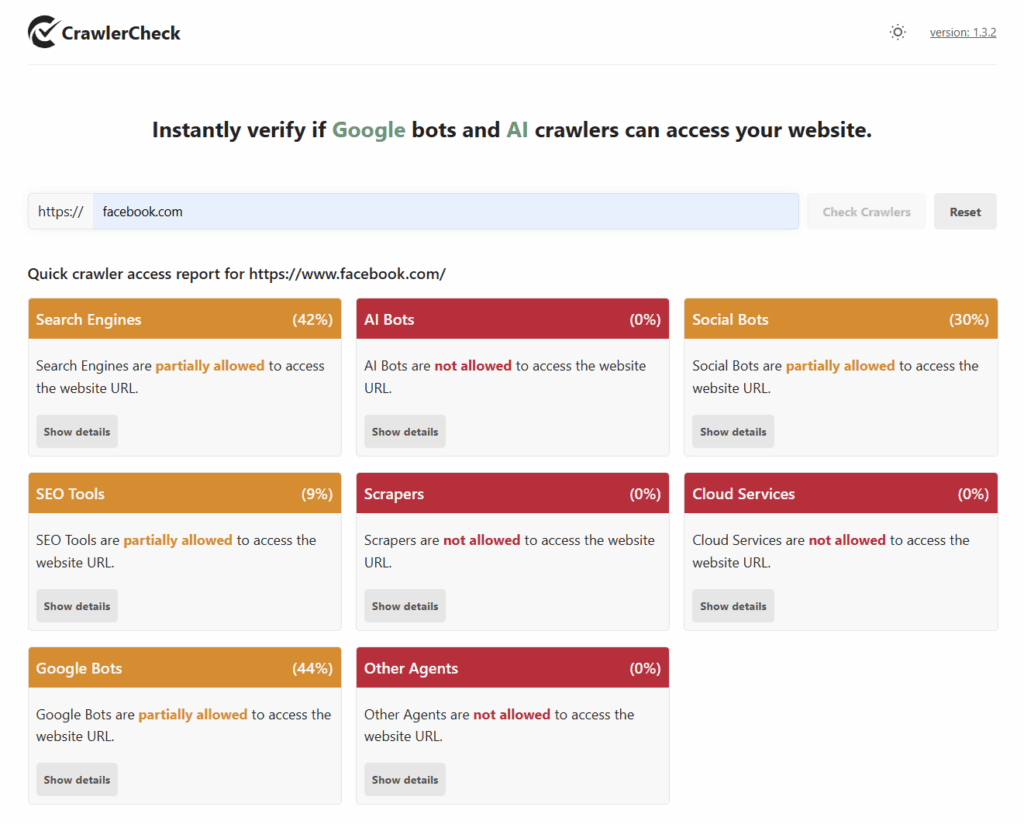Navigating the delicate balance between keyword optimization and quality content is a critical skill in the realm of SEO. The practice of keyword stuffing, once a common tactic but now outdated and penalized by search engines, stands as a warning against over-optimization. In this exploration, we delve into strategies for effective keyword usage that uphold and enhance the integrity of your content. As search engines evolve, so must our approaches to SEO, ensuring that we meet both algorithmic criteria and user expectations for valuable, relevant content.
Let’s discuss how to use keywords effectively without compromising the integrity of your content.

Understanding Keyword Density
What is Keyword Density?
- Keyword density refers to the percentage of times a keyword appears in your content compared to the total word count. A commonly suggested range is 1-3%, but this isn’t a rigid rule.
The Pitfall of Over-Optimization or what is Keyword Stuffing
- Excessive use of keywords, or keyword stuffing, can harm your SEO. Search engines like Google prioritize user experience and value content that flows naturally.
Natural Keyword Integration
- Your primary focus should be on creating content that naturally incorporates keywords. Forced insertion of keywords can disrupt the readability of your text, leading to a poor user experience.
Beyond Density: The Role of Context and Variants
Semantic Search and Contextual Relevance
- Search engines have evolved to understand the context and intent behind search queries. Using synonyms and related terms is often as effective as the exact keyword.
Strategic Keyword Placement
- Placing your primary keyword in key locations such as the title, meta description, headers, the first 100 words, and the conclusion can significantly enhance SEO.
Quality Content as a Priority
- The ultimate goal is to provide value to your readers. High-quality, informative content naturally attracts and engages readers, which is the cornerstone of good SEO.
Best Practices to Avoid Keyword Stuffing
Focus on User Intent
- Understand what your audience is searching for and tailor your content to answer those queries naturally.
Use Long-Tail Keywords
- These are more specific and less competitive, and they can help you target your content more effectively.
Monitor Keyword Performance
- Regularly review how your pages rank for targeted keywords and be ready to adjust your strategy. Tools like Google Analytics and SEMrush can be invaluable here.
Readability is Key
- Ensure that your content is easily readable and engaging. Essential SEO Tools like Yoast SEO (for WordPress) can help assess readability and guide you in optimizing your content.
Example of keyword stuffing given by Google.
Notice the focus on “app store credit” in the following text:
Unlimited app store credit. There are so many sites that claim to offer app store credit for $0 but they’re all fake and always mess up with users looking for unlimited app store credits. You can get limitless credits for app store right here on this website. Visit our unlimited app store credit page and get it today!
Read the full article about Spam Policies on the Google Search Central
Conclusion
Balancing keyword optimization with high-quality content creation is more art than science. By focusing on providing real value to your readers and using keywords thoughtfully and strategically, you can enhance your SEO without resorting to outdated tactics like keyword stuffing.
If you are interested in SEO you might want to know how to optimize your content for voice search.
Keep exploring the vast world of SEO with me at blog.bogozi.com, or my @AttilaBogozi, where I share insights, tips, and best practices for web developers and digital marketers.



2 comments on “Keyword Stuffing: Balancing SEO and Quality Content”